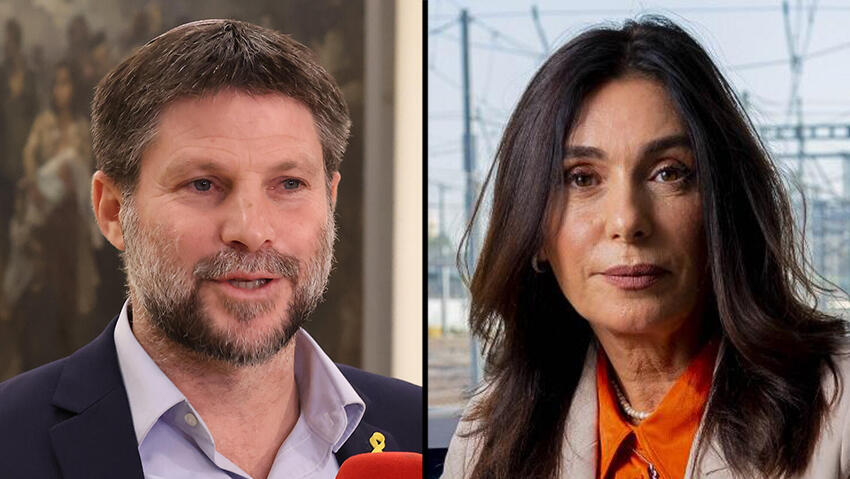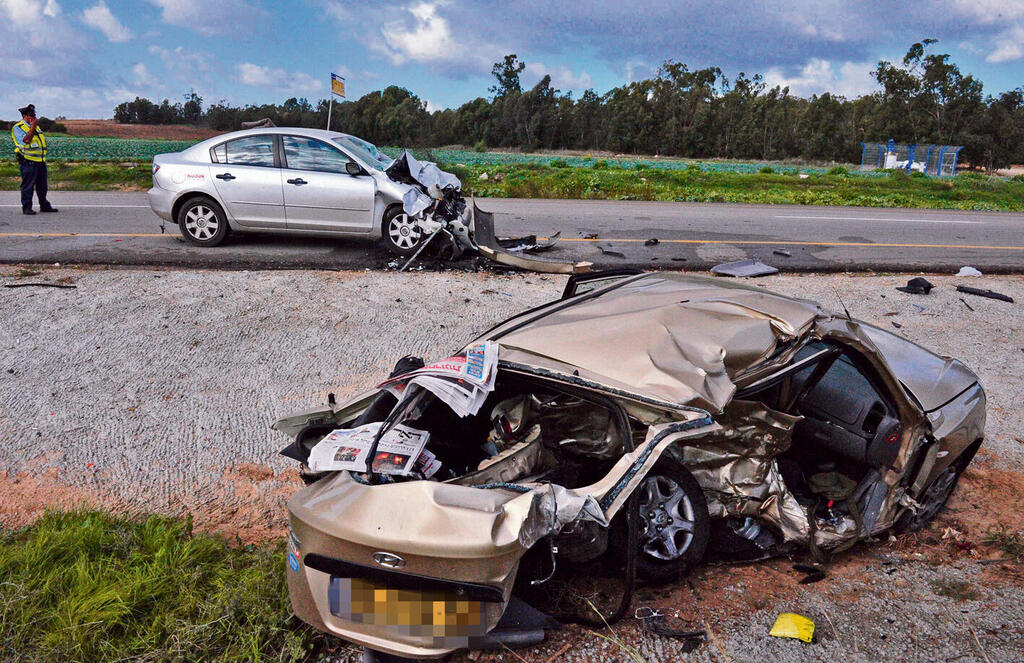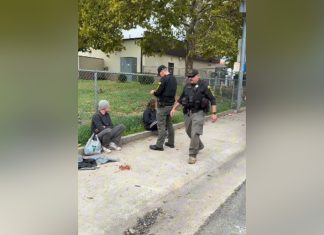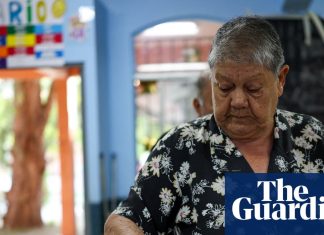A funding dispute between Transportation Minister Miri Regev and Finance Minister Bezalel Smotrich is escalating ahead of Sunday’s Cabinet meeting, where the government is set to debate a major multi-year national road safety plan.
The plan, developed by the National Road Safety Authority (NRSA), comes amid growing concern over traffic fatalities, with 404 deaths recorded so far this year — including one man killed in a car crash near Ramla over the weekend.
2 View gallery


Finance Minister Bezalel Smotrich and Transportation Minister Miri Regev
(Photo: Alex Kolomoisky, Yuval Chen)
The immediate proposal includes a 50 million shekel ($15.5 million) emergency allocation for 2025 to boost police enforcement, public awareness campaigns and oversight. But the core of the clash lies in the funding for the years ahead: Regev’s ministry is demanding 350 million shekels ($108.5 million) annually from 2026 to 2028 — over 1 billion shekels across the five-year plan — aimed at cutting road deaths by 25% in five years and 50% within a decade.
Regev is pressing Smotrich to present a concrete budget source within a week to cover the additional annual funding. For comparison, the Transportation Ministry’s 2025 budget currently stands at 618 million shekels; the new demand would increase it by roughly 50%.
According to the draft resolution, if a dedicated funding source is not found, Smotrich would be obligated to present an alternative financing plan or bring a revised proposal to the Cabinet. The clause effectively places full responsibility for securing the funds on the finance minister, not on the government or Transportation Ministry, setting the stage for a fresh political showdown between the two ministers.
“Any decision to impose across-the-board cuts to public services lies with the prime minister,” Finance Ministry officials said.
However, officials familiar with the matter told Ynet and its sister publication Yedioth Ahronoth that “Regev is shifting the burden to the Finance Ministry. This means that over the next three years, there will be less funding for ministries like education and welfare.”
Last week, the Knesset’s Economic Affairs Committee reviewed progress on the NRSA’s plan. There, Finance Ministry budget official Daniel Schwartz said the treasury is open to increasing the 2026 budget allocation — but only if the plan proves effective. “We want to ensure this is an effective program backed by solid groundwork and real solutions,” he said, noting that of the 200 million shekels allocated for road safety in 2022–2023, only 80 million was used. “The economic cost worries me less than the hundreds of deaths and thousands of injuries,” he added.
The proposal presented to the Cabinet outlines a comprehensive national strategy aimed at mobilizing multiple government ministries and public bodies for a coordinated, long-term effort. It requires commitments from the Transportation Ministry, police, education, justice, health and welfare ministries, as well as local authorities.
Key components include expanding police enforcement, deploying a new digital traffic enforcement system, upgrading urban and intercity infrastructure, overhauling driver education programs and increasing awareness campaigns targeting high-risk groups — including young drivers, motorcyclists, truck drivers and members of the Arab community.
The plan sets binding multi-year goals, consistent funding and an implementation mechanism grounded in research, performance tracking and annual progress reports. The NRSA would coordinate efforts and manage data-driven national strategies. A joint task force including the Justice Ministry, police, National Security Ministry and NRSA would advance legislative reforms, such as granting legal reliability to new enforcement tools and removing regulatory hurdles.
However, the plan also identifies serious implementation challenges. Ministries would need to undergo significant organizational changes, develop new workflows, train specialized staff and broaden inter-agency cooperation. Municipalities, for instance, would be expected to implement the “Safe City” model — approved five years ago but largely dormant — requiring major infrastructure investments, speed limit reductions to 30 km/h in key zones, targeted hazard mitigation and a shift toward safety-centered urban planning.
The police, meanwhile, face the costly task of upgrading equipment, training operators and phasing out outdated enforcement systems.
Critics warn that without guaranteed, sustained funding, the plan risks remaining a theoretical blueprint. While the strategy hinges on long-term investment, the state budget remains vulnerable to annual political shifts. If the Cabinet does not approve the funding framework, the plan could stall.
Regev, whose ministry holds primary responsibility for road safety, has been widely criticized for inaction.








